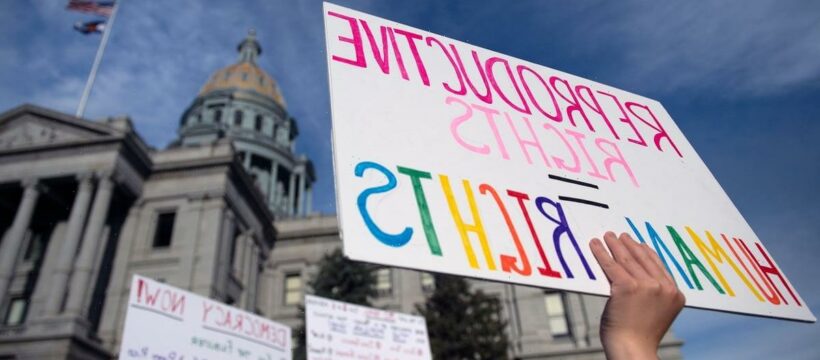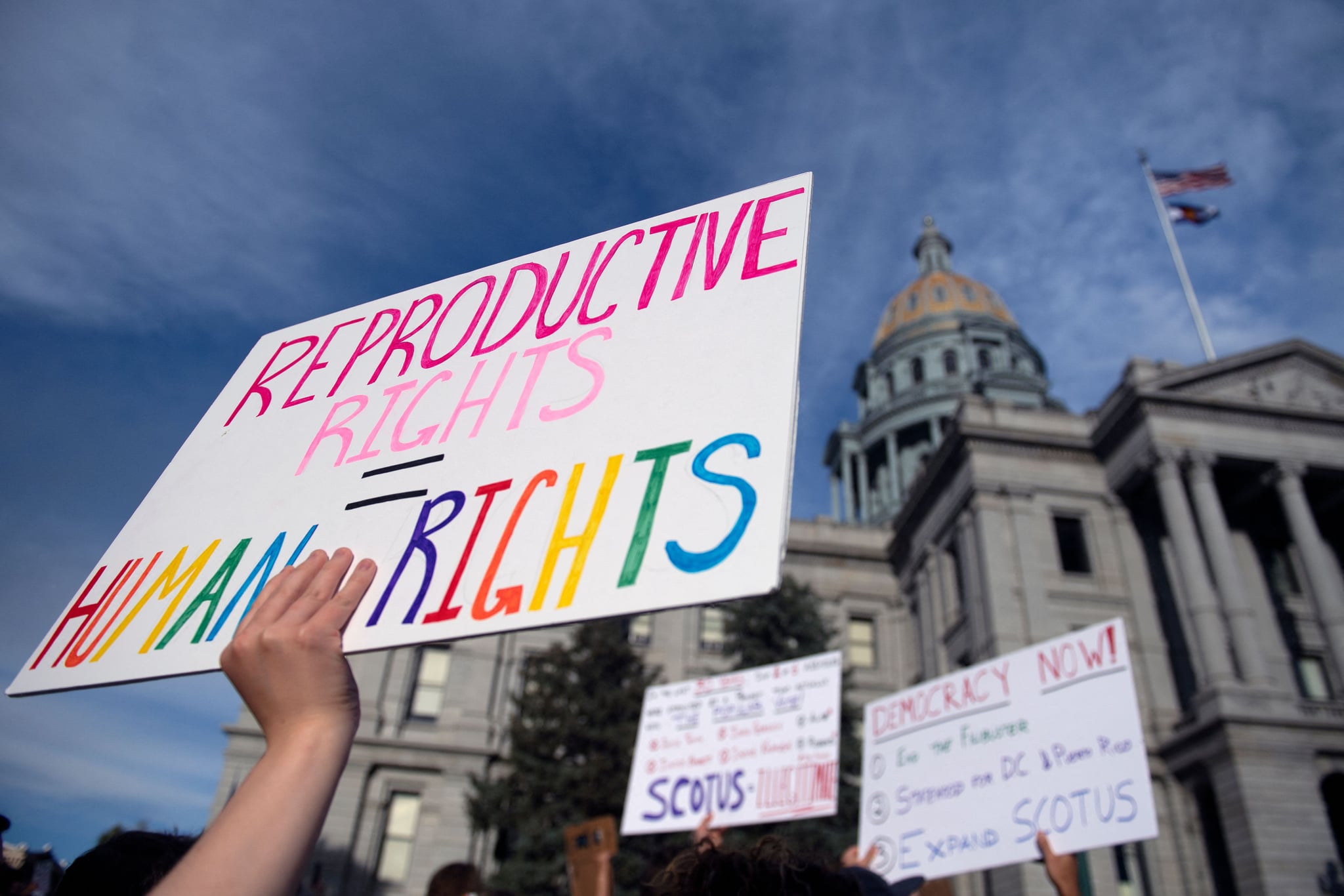In the days since June 24, when the Supreme Court overturned the federal right to abortion outlined in Roe v. Wade, the disappointment has been palpable. At the most philosophical level, it goes against my policy training to think that politicians would go out of their way to eschew the judicial precedent of the past 50 years. More personally, it seems relevant and applicable to become engaged with this matter relating to women’s rights, especially as a writer who often covers the beauty industry — an industry that has historically been marketed toward, consumed by, and profits off of women.
As efforts shift to the state level, private-sector policy can also help the cause — and I hope the beauty industry will take the lead. America has long emphasized linking benefits to employment, so it only makes sense for beauty businesses to provide benefits for abortion-related travel and accommodations to offset the added healthcare costs this policy change will incur. That should be the baseline.
With the beauty industry’s revenue in the US estimated to reach $84 billion in 2022, the funds are there. This can and should be a big moment for beauty to lead the wave of employer-provided coverage as it relates to this healthcare matter for women. There are some companies leading the charge: as of June 24, Ulta Beauty, a female-led mogul among beauty retailers, announced expanded coverage to include travel assistance for “eligible reproductive health services where access to care is restricted.” Coty and Benefit are among other beauty entities to help account for lodging and travel costs related to bans, while 64 beauty and wellness brands have already joined the Don’t Ban Equality coalition in support of abortion rights.
For context, beauty has been reframing itself to be inclusive for all — female-identifying, uterus-bearing, or not. Gender notions aside, this process has meant consciously stepping back from perpetuating unattainable beauty standards that have been conditioned by limiting ideals, whether media-wrought, consumption-based, or stemming from what some refer to as “the male gaze.” It was as the powerful industry was in the midst of this shift toward a pro-wellness paradigm prioritizing self-love and self-empowerment that a fundamental component of self-autonomy for women was symbolically stripped away. The next iteration of suppression is thus political in origin, and how beauty businesses demonstrate their stances will play out over the coming days, weeks, and years.
The Abortion Access Gap
Employment-linked benefits are a great starting point, but there are limits to their ability to help all women. For one, only full-time employees are eligible for them. This leaves part-time employees without coverage, while the unemployed (or those working “under the table”) are essentially SOL. The unfortunate irony is that single motherhood and unemployment are closely correlated; according to a 2022 report by the Bureau of Labor Statistics, families “maintained by women” were less likely to have an employed member. A 2021 census found that 80 percent of the 11 million single parent families with children under 18 were headed by single mothers, with nearly a third of the single mothers living in poverty (one in six of whom were under 18 themselves). Thinking practically, how likely is a teen under the age of 18 to have full-time employment? Employment-linked abortion benefits don’t address this highly vulnerable group of women with their entire lives at stake.
Education and social outreach is another important matter to take into account where abortion is banned — and this is the opportunity beauty brands can use with their platforms. Particularly because cosmetics, skin care, and self-care are so intertwined, the dialogue they foster can provide a safe space for all matters related to wellness and empowerment. Plus, we’ve seen the positive impact activism within the beauty space can have; just look at Elizabeth Arden, who in the 1920s wore red lipstick in support of early suffragettes. Considering the staggeringly high level of engagement on social media between shoppers and beauty brands, their reach can help to destigmatize the issue and point women in the direction of information and resources.
It is traumatic enough to find yourself in a position where you must seek medical care that is considered taboo where you live. And let’s not forget that the procedure itself is not an easy one to opt for, go through, or recover from. Knowing where to turn, seek information, and receive resources like counseling — without the fear of judgment or criminal prosecution — might legitimately need to be “outsourced” beyond the bounds of state lines.
Because beauty brands have long been engaging in community building, their efforts need not have political undertones; this is a women’s health matter.
What Now?
I remember sitting at a dinner table with my partner’s mother, who is staunchly pro-birth, as she explained that conservatives were not trying to end abortion, they were simply trying to find a way to limit how it is done. Yet several states have already banned abortion. The conversation has shifted so quickly from how to regulate the practice, to wondering whether exceptions — such as emergency D and C’s to save the life of the mother — will be permitted. Without having federally assured protection over this fundamental element of the life experience as a woman, it feels like states are making normative claims on the notion of motherhood itself.
My belief is that motherhood should be an empowered choice based on readiness and love; putting barriers in place to prevent this feels like an affront to self-determination as women. Over the course of my many years engaging with the beauty industry, I learned to view my skin-care regimen as a ritual to nourish my skin and body; my cosmetics as a means of expressing my signature style. The beauty industry itself is more closely aligning itself with the wellness industry everyday, which is why we can also make it a point to be supportive of matters relating to women’s health.
Source: Read Full Article

